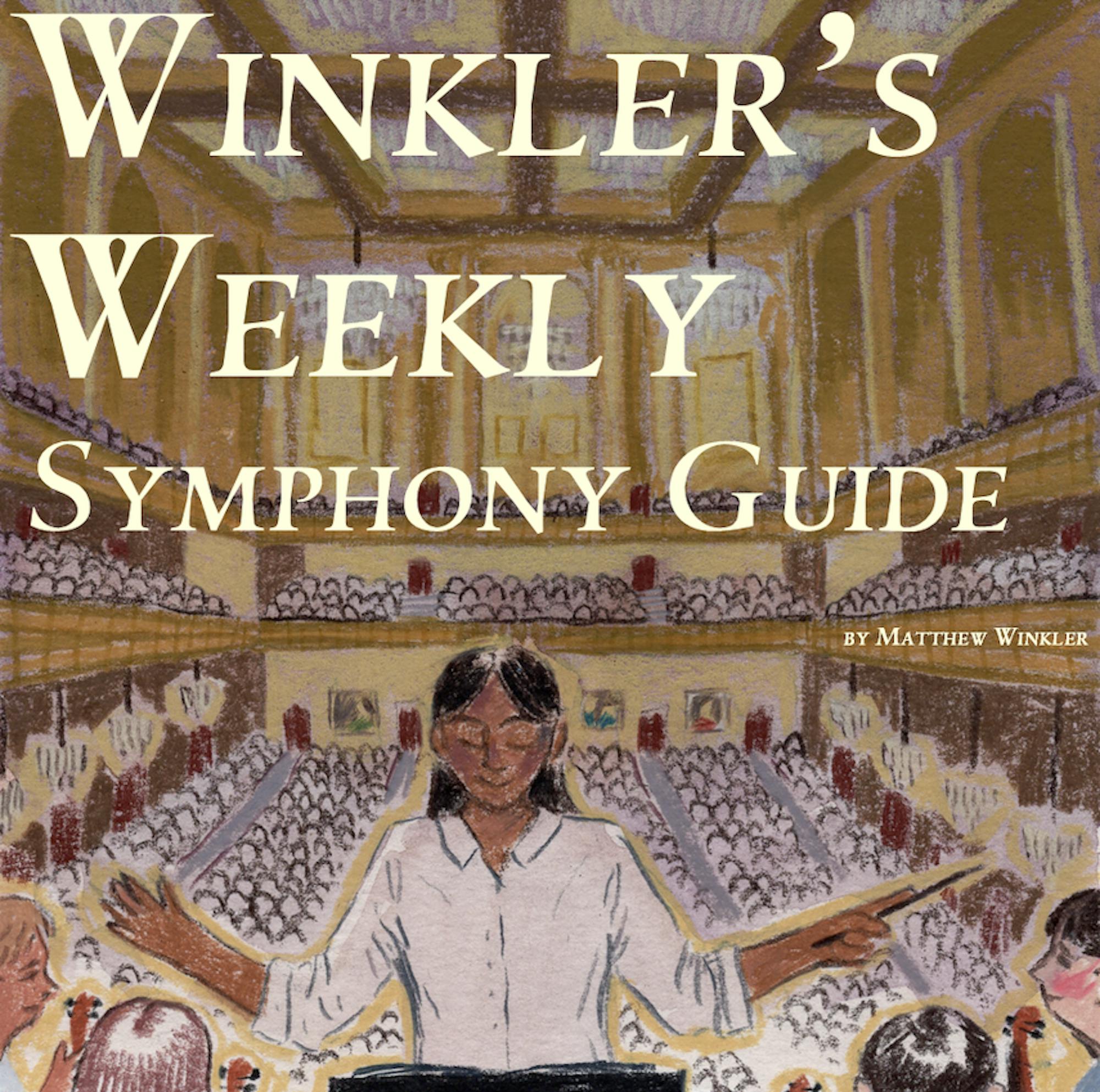In my column, I’ve talked about the importance of performing non-canonical classical works and including modern and contemporary voices. While I stand by that position, I also acknowledge my bias towards non-diatonic modernist tonalities. After all, my favorite composers to listen to are John Adams and Gustav Mahler, not Wolfgang Amadeus Mozart and Ludwig van Beethoven. And while I’ve argued for orchestras to move beyond the meritocracy, I want to also stress that this should not be achieved with destruction. There is beauty that must be preserved within the canon. It would be a disservice to let Mozart fall into obscurity in the interest of progressive sounds, which I was made acutely aware of at the Boston Symphony Orchestra’s Oct. 14 Casual Friday performance.
Opening was Mozart’s Piano Concerto No. 18, with Emanuel Ax as pianist. Due to my modernist bias, I was more excited for the Béla Viktor János Bartók piece that followed, and I expected to sit in mild boredom and slight amusement through the duration of the Mozart Concerto. To my surprise, I was quickly enraptured by the tapestry Mozart wove of interrelated and recurring themes. While Mozart may have lacked the modernist sounds that creates such moving emotional resonance, the art of his craft and structure provides a different type of satisfaction often missing from modern works. Hearing the systematic development of themes and adherence to form as well as witnessing Mozart’s boundless creativity within form allows for a different but equally satisfying journey as a listener. It is more contained than what is achieved in one of Mahler’s “breakthroughs,” but the piece is one that appeals to often neglected parts of ourselves, that being the satisfaction felt through paying attention to a piece of music over an extended period of time. Overall, despite yet another performance of his works, Mozart continues to convincingly argue for his place amongst the top of the classical canon and reminds us classical nerds why we fell in love with the artform in the first place.
Following was Bartók’s “Suite from The Miraculous Mandarin,” and Enescu’s “Romanian Rhapsody No. 1.” Both pieces operated as chugging engines, with the orchestra growing and feeding the texture. But the Bartók was a maleficent and ravenous engine about to go off the rails, whereas the Enescu pastorally lazed about and enjoyed the sights. While both pieces had fittingly brief interruptions, when the solo clarinet interrupted the Bartók, it felt as if a corrupted sorcerer was shooting spells that exploded and fizzled out in brilliant embers. However in the Enescu, the solo clarinet interruption felt like a scene amongst the shepherds in the countryside. Both pieces showcased the brass, which was enjoyable following the brass-deficient Mozart. While the Bartók was my favorite part of the night, I was reminded that being open-minded and an advocate for invigorating music goes both ways. While Mozart clearly is not going anywhere, it would be as tragic to exclude Mozart from the ideal of a diverse classical world as it is that many brilliant voices are not currently represented in our world.






